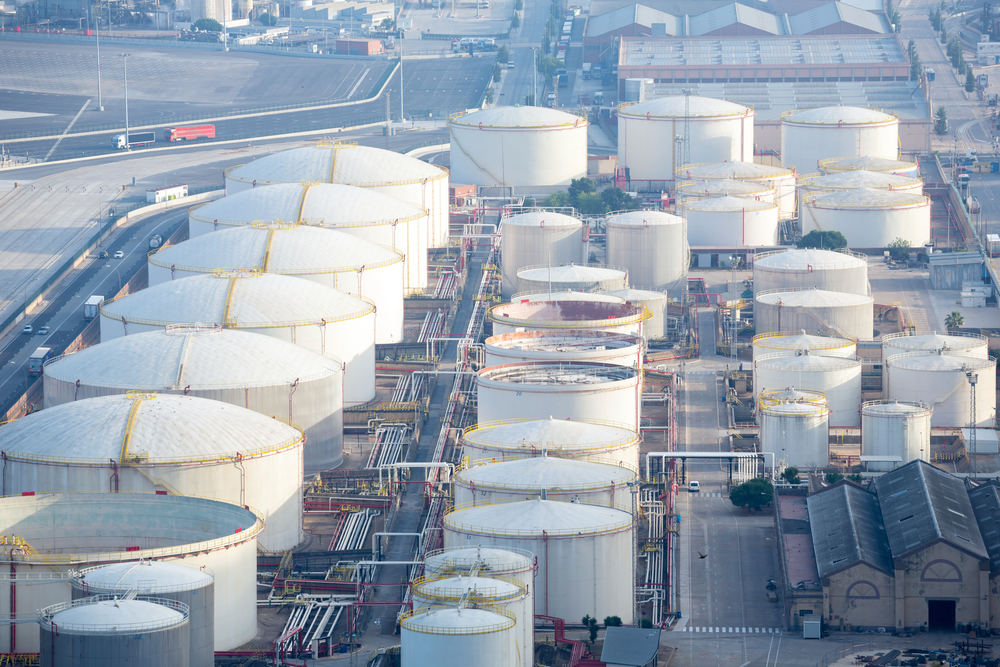
- admin
- June 18, 2020
A Short Guide on Oil Storage Tank Fire Protection
Oil storage tanks can pose severe threats to the operational and budgetary decisions, as owners must ensure emergency response against sudden fire breakout.
Although the chances of fire outbreaks in such tanks are relatively low, destruction of the production facility, business interruption, and environmental impact are not unheard of.
To avoid such destruction, it’s essential for firm and factory owners to opt for fire protection and emergency response guidance. These options primarily include prescriptive codes and standards.
According to experts, prescriptive codes and standards provide facility owners or operators with useful information.
However, these exclude crucial site-specific factors that play a critical role in helping firms, or factory owners decide how to protect the oil storage tanks.
These factors primarily include but are not limited to, onsite risk, offsite risks, site location, public relations, business continuity, economic loss, corporate risk tolerance, and environmental impact.
It’s to be noted that prescriptive codes are not considered as known factors that are essential for protecting the crude oil facility.
These include thermal radiation levels emitted from a full surface tank fire, local emergency response capabilities and limitations, and Boilover time.
Since prescriptive codes and standards alone don’t succeed in protecting crude oil storage facilities, the best strategy is to follow risk-based or performance-based criteria.
Here are a few time-tested techniques –
1. Passive Protection – Disallowing fire-fighting activities and ensuring the stored fuel is allowed to burn out without any intervention.
2. Defensive – Cooling the surrounding exposures (this includes tanks, process equipment, and structures) to prevent escalation and allow the tank to burn out.
3. Offensive – Attempt to extinguish the fire using fire protection systems or mobile applications.
Modern-day above-ground storage tanks have several safety features installed. Some industry-standard systems include –
1. Fixed Foam System – This system consists of foam concrete bladder tanks or atmospheric tanks and foam delivery devices located at the top of the tank (foam pourers or foam chambers)
2. Semi-Fixed System – This system uses mobile apparatus for injecting foam to delivery devices located at the top of the tank.
3. Hybrid Suppression Systems – This utilizes a foam delivery device to apply foam to the walls of the tanks, as well as a foam stream to the middle of the tank.
Owing to its success rate, risk-based fire protection is viewed as a far superior approach. Since it takes into account site-specific variables and hazards modeling, firm owners are now rapidly adopting this strategy.
However, they must ensure that the designs for fire protection systems near crude storage terminals abide by the National Fire Protection Act 11. This will guarantee that the system is potent to handle Boilover and sudden fire breakouts.
So, here was our in-depth guide on fire protection in oil storage tanks. Let us know in the comment section the measures you’ve taken in your firm or factory to prevent fire hazards. Also, do share your feedback and let us know if we haven’t discussed something important.
- Oil Storage Tank Fire Protection
- oil storage tanks
- Storage tanks
Category
- Above Ground Fuel Tanks
- Above Ground Gas Storage Tank
- Above Ground Storage Tanks
- Above Ground Water Storage Tanks
- Agricultural Tanks
- Chemical storage Tanks
- Diesel Fuel Storage Tanks
- Diesel Storage Tanks
- Exernal FloatingRoof Tanks
- Farm Water Tank
- Fiberglass Oil Tanks
- Fiberglass Septic Tanks
- Fiberglass Tanks
- Fiberglass Underground Fuel Storage Tanks
- Field Erected Tanks
- Floating Roof Tank
- Food and Beverage Tanks
- Fuel tank
- Industrial Chemical Storage Tanks
- Industrial Gas Tanks
- Industrial Hot Water Storage Tanks
- industrial hot water tank
- Industrial Plastic Tanks
- Industrial Storage Tanks
- Industrial Tank heating pads
- industrial tanks
- Natural gas
- Natural gas vs Propane
- oil storage tank
- Oil Storage Tanks
- Peracitic Acid
- Petroleum Tanks
- Residential gasoline storage tanks
- Residential Water Storage Tanks
- Sodium Hydroxide Storage Requirements
- Sodium Hypochlorite Storage Tanks
- Steel Storage Tanks
- storage tank failure prevention
- Storage Tanks
- Sulfuric Acid Tanks
- Uncategorized
- UnderGround Storage Tanks
- Waste water tank
- Water Storage Tanks

 Tank Size Calculator
Tank Size Calculator





